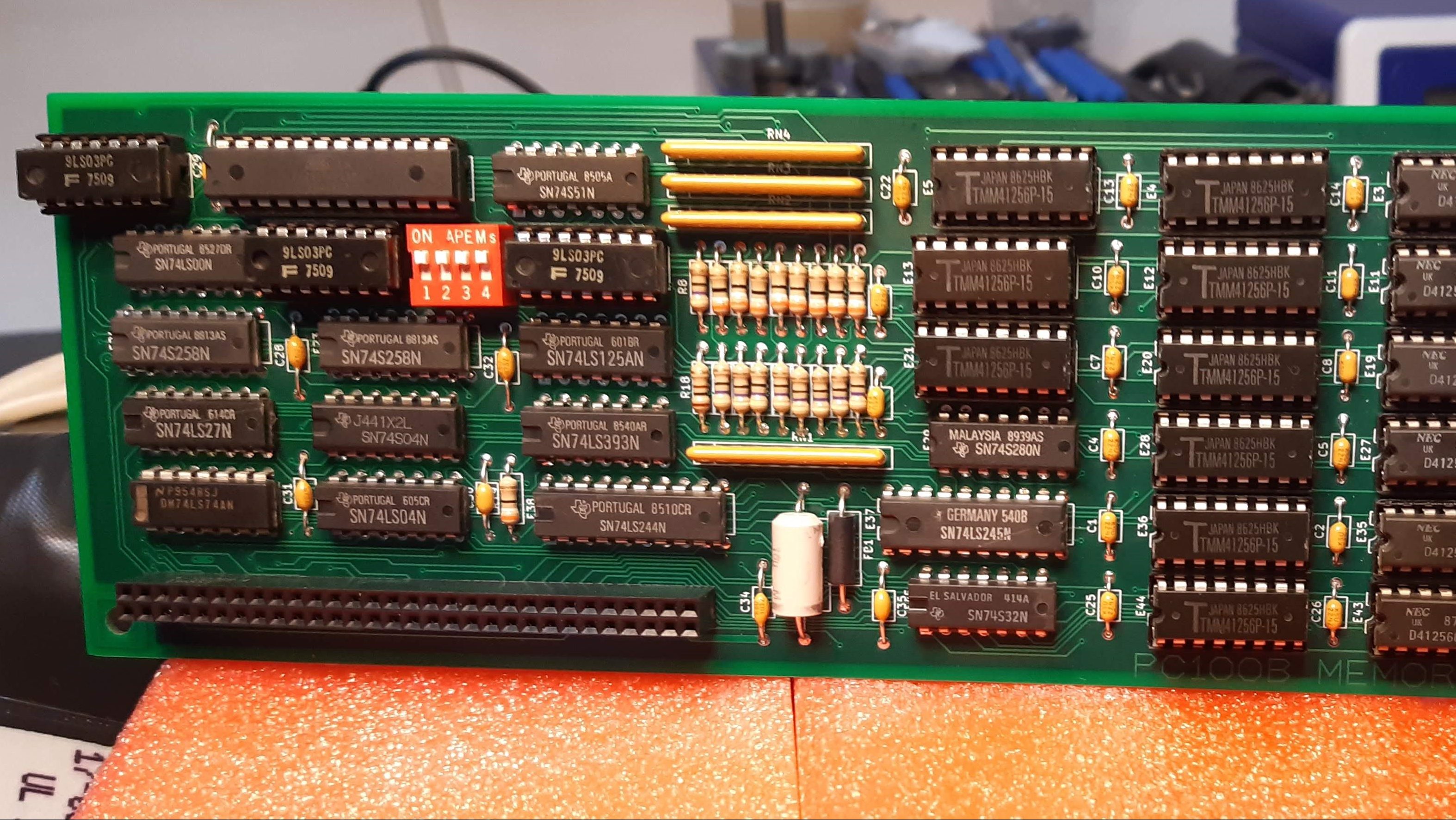The subsea fiber optic cut repairs are underway in the Arctic, but with harsh conditions and low visibility underwater, it is still unknown when the services will be restored, said Quintillion President Michael “Mac” McHale.
The sea ice severed a fiber optic cable out of Oliktok Point in June, causing widespread internet and cell outages across communities in the North Slope and Northwest Alaska. Communication challenges disrupted emergency response, business and health services in those communities.
Broadband provider Quintillion initially estimated the repairs to take between six and eight weeks. However, the ocean in the area of the breakage stayed ice-bound longer than usual, and the repair vessel was able to reach the area and start the multimillion-dollar repair only on Aug. 25, McHale said.
Challenging weather conditions, lack of visibility and the need to dig out the fiber optic cable from beneath the seabed floor are making the repairs challenging and time-consuming, McHale said Wednesday during the press phone conference.
The Quintillion subsea fiber network extends about 55 miles out into the ocean from Oliktok Point, a site to the west of Prudhoe Bay. The cable is buried beneath the ocean floor — below 90 feet of water and about 10 to 12 feet below the seabed floor. While the company designed the subsea network so that the cable stays “significantly below the historical iceberg depths,” this year, the ice scouring reached the cable, McHale said.
“We did everything that we could possibly do, you know, to build (the network) to last and, you know, unfortunately, Mother Nature had different ideas,” McHale said. “Lo and behold, we had an iceberg that came through and went through those depths and took us out.”
To repair the cable, Quintillion had to wait for the ice to clear from the breakage area, about 33 miles from Oliktok Point.
While everywhere along the Beaufort Sea coast the ice melted either early or on time this year, around Oliktok Point, the ice was thicker and persisted longer, said Rick Thoman, a climate and weather expert with the Alaska Center for Climate Assessment and Policy.
As a result, the repair vessel named the Integrity couldn’t get to the fault site earlier than Aug. 25.
When the Integrity made it to the location, in a matter of days, the repair team retrieved the shoreside cable — the cable that is running south from the Beaufort Sea — preparing it for repair, McHale said. Then the crew sealed the cable back up, tied it to a buoy and placed it back on the seabed floor with the beacons so that it can be easily located again.
“Since then, we started working on the seaside aspect of the cable which is proving to be a bit more challenging,” he said Wednesday. “We’ve been at it for about 10 days or so.”
McHale explained that the repair crew needs to excavate the seabed floor to locate the cable. One night this week, the crew succeeded and brought the cable as high up as 10 feet from the ocean surface but then they dropped it, and the cable went down to the ocean floor, McHale said.
Once the crew retrieves the seaside cable, they will need to bring the shoreside cable back up and start repairing the middle part. The crew will then connect the shoreside cable to the seaside cable with new fiber. Then they will need to put the cable back down, bury it at the lowest possible depth and potentially put concrete revetments over the top of the new trenches.
It’s unclear how long the cable retrieval will take, but McHale said he hopes to see the results in the next few days. After it is retrieved, the Quintillion fiber services should be restored in about three to four days, he said. Providers might take additional time to reconfigure their networks, he added.
In case the main course of action doesn’t work, McHale said the company has several backup plans, one to retrieve the cable farther north where the seabed is more accessible and less dense, and another — to rebuild the cable all the way to the point 55 miles out.
The company has a hard deadline for the repairs: Sea ice is expected to return to the area around mid-October, Thoman said.

